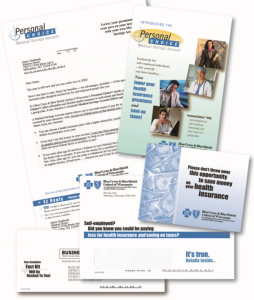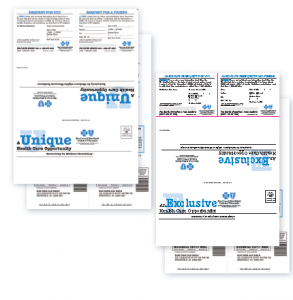As we all very well know, while watching television during any major sporting event, such as the Super Bowl or NCAA March Madness games, you will be greeted by a barrage of (insert adjective here. Think: flashy, sexy, funny…you get my drift) creative advertisements. While this may catch your attention initially, and may even hold your eyes for the span of the commercial – depending, of course, on whether or not your nacho plate and beer need refilling – it doesn’t leave you with a lasting impact.

Let me give you a recent example of the typical office water-cooler conversation the day after aforementioned televised sporting events.
“Dude. You watch the game last night?”
“Uh…chya. Duh.”
“Did you see that commercial with Kim Kardashian? Where she was at a gym in spandex and there was this other guy in there or something?”
“Yah, she was smokin’.”
“What was she selling?”
“Dunno but she was seriously smokin’.”
Though I may have simplified the conversation a tad, I don’t think these two individuals were driven to purchase the product in said commercial. As so often happens with these types of advertisements – whether it be funny, sexy or just plain silly – viewers tend to remember the creative, not the product. This doesn’t just go for televised ads either. Think about the placements in your magazines and mail. Chances are while you may remember an image, the brand or product isn’t what you recall first.
Don’t get me wrong! I love pretty pictures; they look fantastic above my fireplace. But it’s all about relevancy. You MUST be relevant. Your copy, your creative, everything must be…say it with me now…RELEVANT. If it’s not then all you have is cute creative that may win you an award but won’t garner sales.
There comes a point in your marketing endeavors where you must ask yourself whether your end game is to have marketing awards lining your walls or, is it to have customers lining up at your door.
Beauty is in the eye of the beholder

Now, let’s be clear about one thing. Simplifying your creative does not mean “uglification.” Well, not completely, anyway. By an uglification I simply mean ensuring your creative doesn’t get in the way of your advertisement. Because honestly, what’s more beautiful than a 700% increase in leads as Johnson Direct was able to do for Blue Cross and Blue Shield of Wisconsin? See example below.
There are some marketing firms who base the success of their advertisements on how attention-getting it is. Grabbing their attention is all well and good, but what really matters is what happens after you get their attention. What do you want them to do?
Here are a few things to keep in mind when planning your next ad:
- Determine the goal of your ad campaign – Do you want to drive customers to your website or store? Are you simply trying to gain greater brand recognition? You need to hone in on the point of your ad before you’re able to get that across to potential customers.
- Make the call-to-action obvious – If you want your customers to go online to save an “exclusive 25% on their next purchase” then tell them! Spelling it out is not dumbing it down – it’s the point of advertising in the first place.
- Remember when I said keep it relevant? – Well, I meant it. Make sure the image and copy all drive the customer to do what you want them to do. Trim the fat from your ad – if something takes away from your main message, get rid of it.
- Keep it simple – You have a few seconds to catch and hold the attention of customers. Don’t make them think too much about what you are trying to sell – You’ll lose their attention and their business.
Above all else, make sure you partner with an agency that understands your goals. A greater ROI is far superior to an award hanging in the wall of your agency’s office.


After making the Blue Cross Blue Shield of Wisconsin creative more ordinary – and thus, more relevant – Johnson Direct was able to reduce cost per lead to $7.00 and increased leads by 700%. The focus was more on the product, and simplifying the offer, than it was on the pieces prospective customers received. That looks pretty darn good to me.